Entry Category: Law Enforcement
Lewis, David S. (Execution of)
Little Rock Executions of 1885
Little Rock Executions of 1892
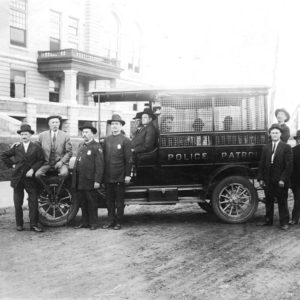 Little Rock Police
Little Rock Police
Lockhart, Art
 Art Lockhart
Art Lockhart
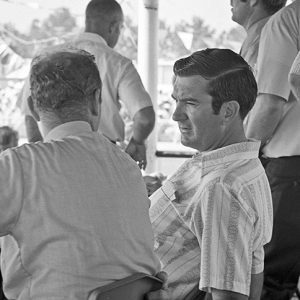 Art Lockhart
Art Lockhart
 Art Lockhart
Art Lockhart
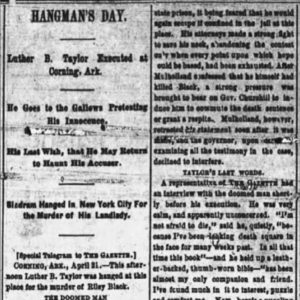 Luther Taylor Execution Story
Luther Taylor Execution Story
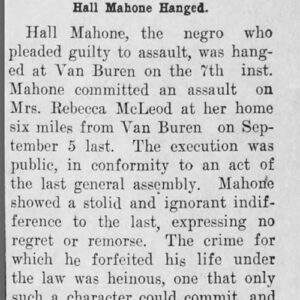 Mahone Execution Article
Mahone Execution Article
Mahone, Hall (Execution of)
Maledon, George
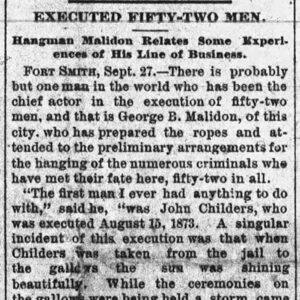 George Maledon Career Story
George Maledon Career Story
Mankiller, Smoker (Execution of)
 Smoker Mankiller Execution Article
Smoker Mankiller Execution Article
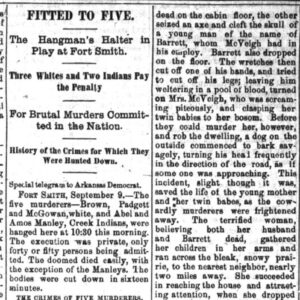 Manley Brothers Execution Article
Manley Brothers Execution Article
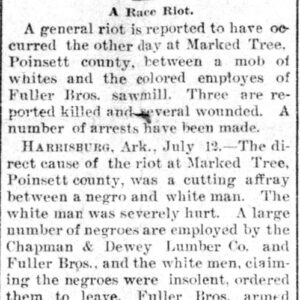 Marked Tree Race Riot Story
Marked Tree Race Riot Story
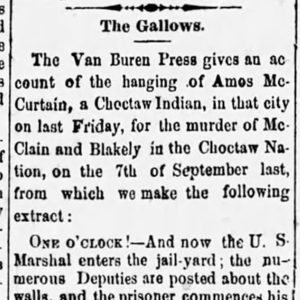 McCurtain Execution Story
McCurtain Execution Story
McCurtain, Amos (Execution of)
McDonald, Maurice Neal “Nick”
McKee, William (Execution of)
McLendon, Will (Reported Lynching of)
 McPherson and Grimes Units
McPherson and Grimes Units
 Dave McWhorter Execution Article
Dave McWhorter Execution Article
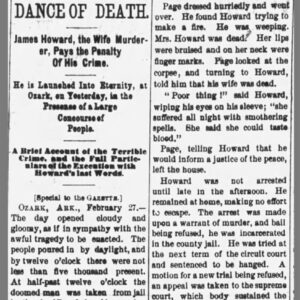 James Howard Miller Execution Article
James Howard Miller Execution Article
Mills, Lee (Execution of)
aka:
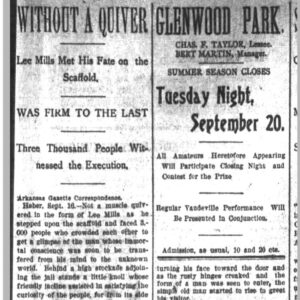 Lee Mills Execution Article
Lee Mills Execution Article
 Mississippi County Execution Article
Mississippi County Execution Article
Mississippi County Executions of 1880
 Mississippi County Law Enforcement Center
Mississippi County Law Enforcement Center
Moffatt, Columbus (Execution of)
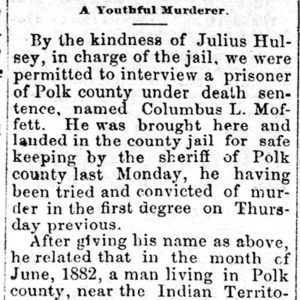 Columbus Moffatt Execution Story
Columbus Moffatt Execution Story
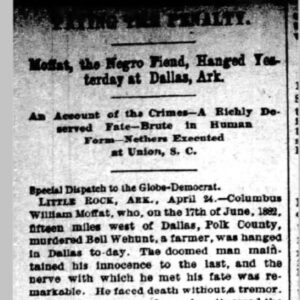 Columbus Moffatt Execution Story
Columbus Moffatt Execution Story
Morgan Nick Alert
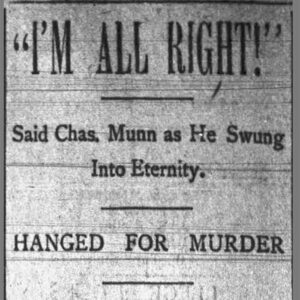 Charles Munn Execution Article
Charles Munn Execution Article
Murton, Thomas Orhelius
Newman, William (Execution of)
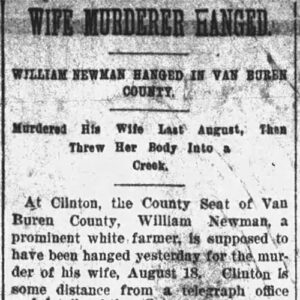 William Newman Execution Article
William Newman Execution Article
 NGA Award Presentation
NGA Award Presentation
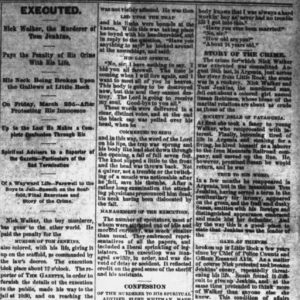 Nick Walker Execution Story
Nick Walker Execution Story
 Nick Walker Execution Story
Nick Walker Execution Story
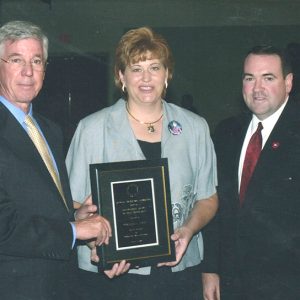 Colleen Nick
Colleen Nick
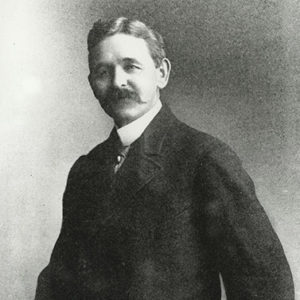 Evett Dumas Nix
Evett Dumas Nix
 Ouachita River Unit
Ouachita River Unit
Owens, William (Execution of)
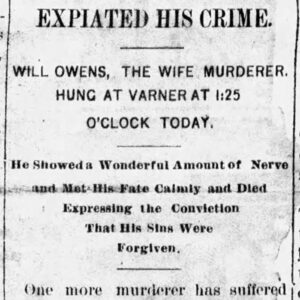 William Owens Execution Article
William Owens Execution Article
Parchmeal, William (Execution of)
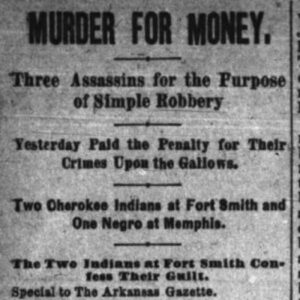 William Parchmeal Execution Article
William Parchmeal Execution Article
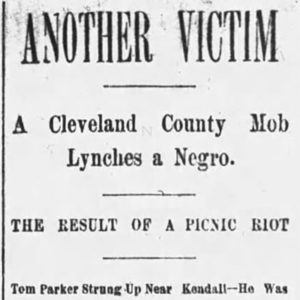 Parker Execution Article
Parker Execution Article




